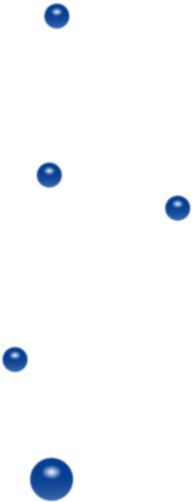
Digital Twin
Ocean
Digital
Twin
Ocean
Digital Twin
Ocean
Digital
Twin
Ocean
A leap in ocean
knowledge and
sustainable action
Overview
Empowering citizens to make informed decisions backed by science
and data to protect marine environments
Real

Twin
The Digital Twin Ocean is a consistent, high-resolution,
multi-dimensional and near real-time virtual representation
of the ocean, combining ocean observations, artificial
intelligence, advanced modelling operating on
high-performance computers and accessible to all.
Why it is needed
Inform sustainable measures that ensure the preservation of
marine environments


The Digital Twin Ocean will give governments, researchers,
businesses, activists, and citizens alike the power to
make informed decisions, backed by science and data, to
restore marine and coastal habitats, support a sustainable
blue economy and mitigate and adapt to climate change.

Serving the EU Mission to Restore Oceans and Seas
Strengthen ocean governance
01.
An interactive platform to monitor and assess the impact
of human activities on marine environments, from carbon
emissions to overfishing to marine pollution, the
Digital Twin Ocean will generate knowledge to strengthen
ocean governance.
Restore marine habitats and biodiversity
02.
The two-way exchange of information between marine
ecosystems and the Digital Twin can provide critical
insights into how human activities impact habitats, the
efficacy of conservation efforts, and guidance for
marine protected areas management to safeguard
productivity and biodiversity of marine ecosystems.
Improve disaster-risk management
03.
Digital twinning will allow global high-resolution ocean
forecast models to integrate real-time data with risk
reduction and management actions to enhance
early-warning systems, improve the effectiveness of
national and local mitigation and adaptation strategies,
and build resilience of the most vulnerable communities.
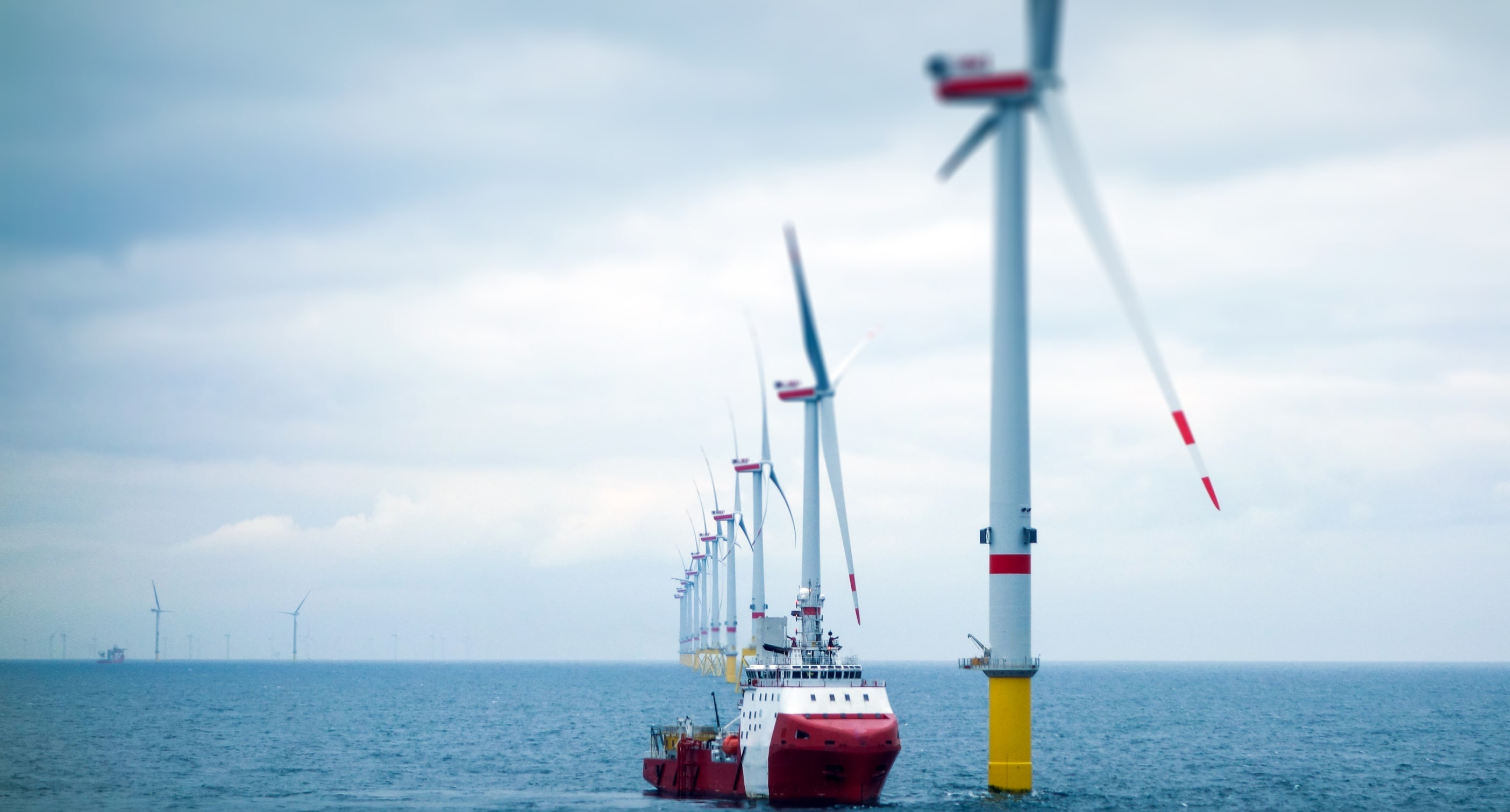
How it works
The Digital Twin Ocean integrates a wide range of data sources to
transform data into knowledge

This highly accurate living replica of the ocean is fed by
continuous observations from thousands of sensors across the
world’s oceans and numerous satellites. Users will interactively
access comprehensive information to assess the impact of potential
interventions in different climate scenarios.

The Digital
Twin Ocean in
10 points
01.
An international initiative to protect the oceans

The Digital Twin Ocean serves to make ocean knowledge
available to all: governments, politicians, scientific
experts, the private sector, entrepreneurs, ordinary
citizens and activists alike, thus empowering them to become
partners in knowledge generation by facilitating
interactions in the pursuit of a healthy and productive
ocean.

02.
Most advanced and detailed modelling of the ocean

The Digital Twin engine will provide a coherent,
multi-variable and multi-dimensional description of the
marine environment and biodiversity, from the coast to open
ocean, from ocean physics to ice to biogeochemistry, from
the surface to the seabed, allowing a digital exploration in
time and space of the ocean according to different
scenarios.
Following Typhoon Hagibis by visualising wave height in the
Pacific Ocean from 8 to 14 October 2019 by the Copernicus
Marine Service
03.
Bringing local and global systems together
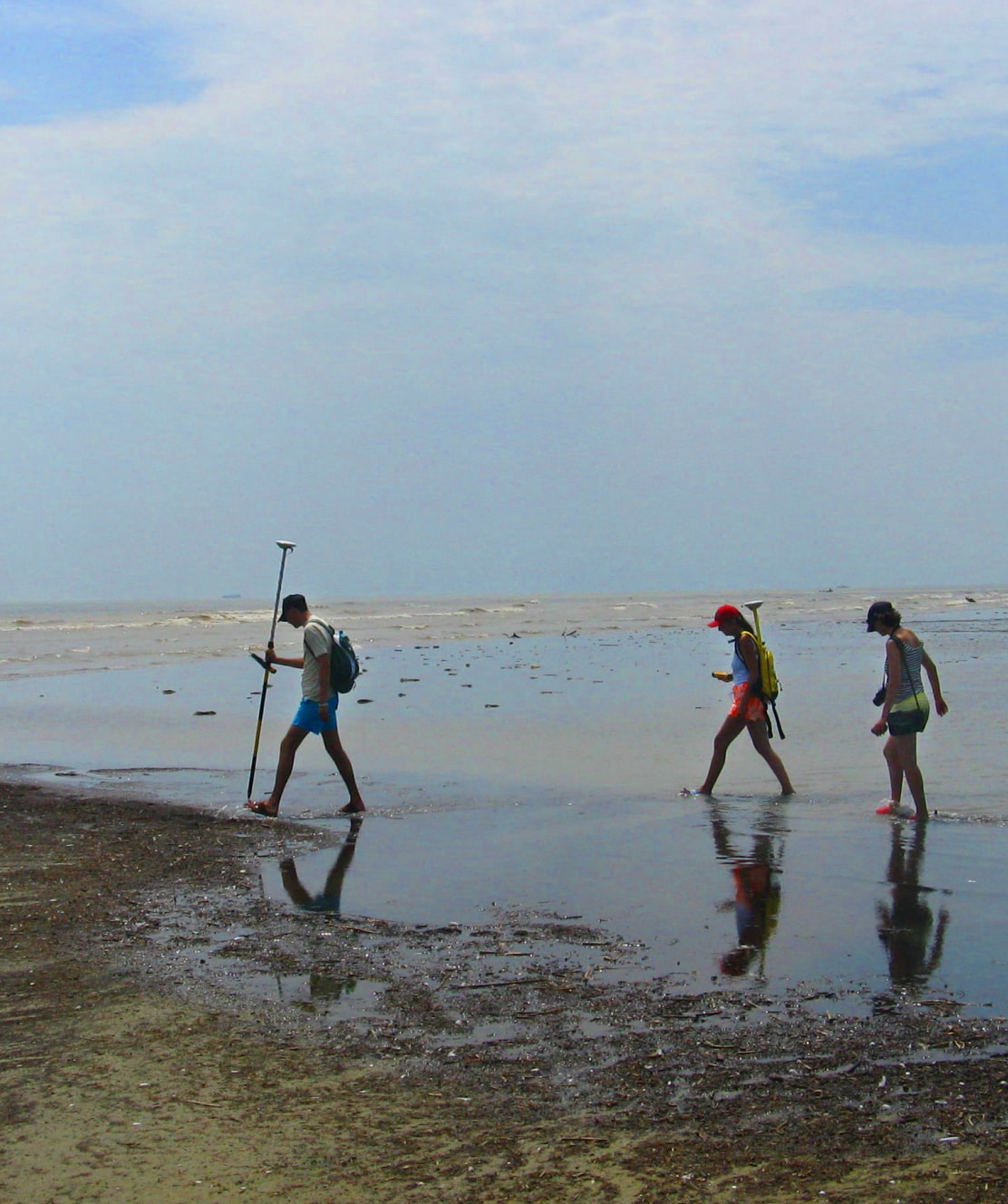
From policymakers to citizen scientists, different users can
use and bring their local information, data and models into
the Digital Twin Ocean platform to generate knowledge and
predict future scenarios. This local and tailored
information will in turn enrich the global data set.
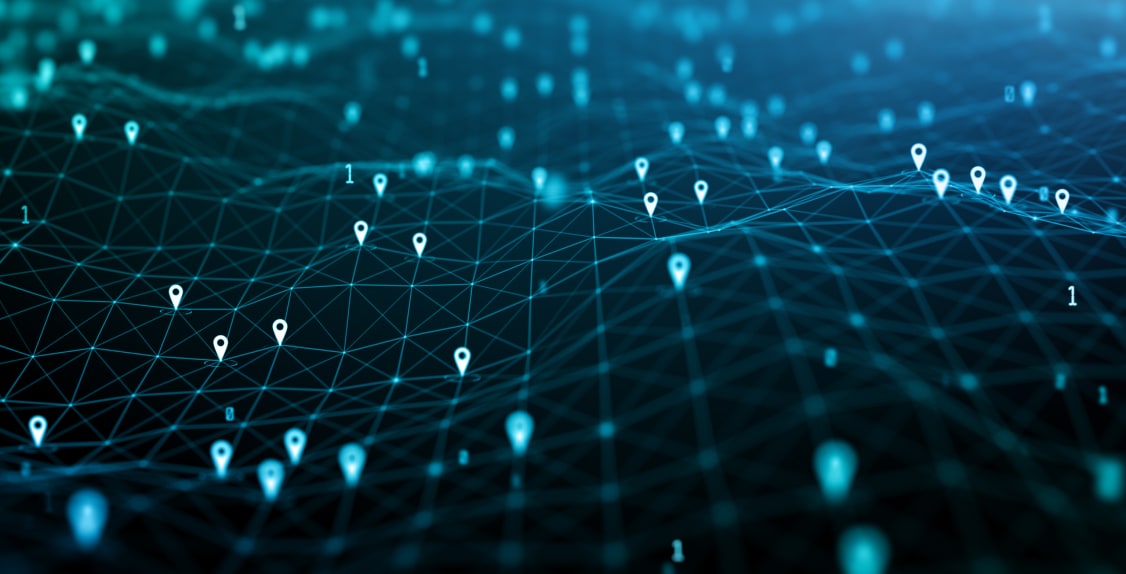
Data visualisation of Sea ice thickness for 2019, 2020 and 2021
by the Copernicus Marine Service
04.
Integrating Artificial Intelligence (AI) and Ocean
modelling
The Digital Twin Ocean encompasses innovative artificial
intelligence techniques leading to improved process
understanding, combining advanced machine learning methods
and ocean ecosystem models based on physics-guided machine
learning and causal reasoning. The advancement of ocean
system science with artificial intelligence entails big data
processing methods and rich data pipelines. This approach is
only possible on a large scale when relying on a solid
technical backbone, as proposed by the Digital Twin.

05.
A unique tool for the monitoring of marine biodiversity
Relying on powerful multivariable modelling, integrating
citizen science observations, combining ocean physics
and biogeochemistry parameters, the Digital Twin Ocean
will provide a tool to provide trustworthy assessments
on the impacts of management decisions and global
conservation actions on biodiversity health, primary
production and conditions for species development.
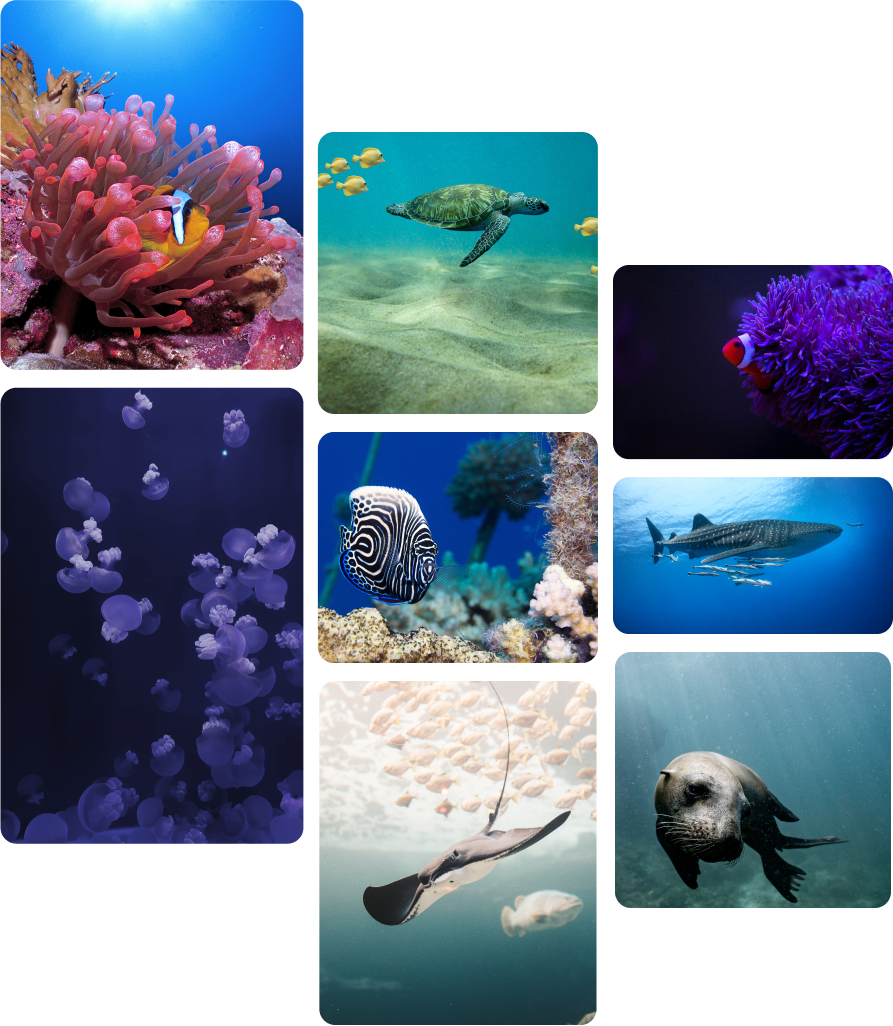
06.
Federative and interoperable with existing initiatives

Visualisation of in situ ocean observing platforms feeding
the Copernicus Marine In Situ Thematic Assembly Centre
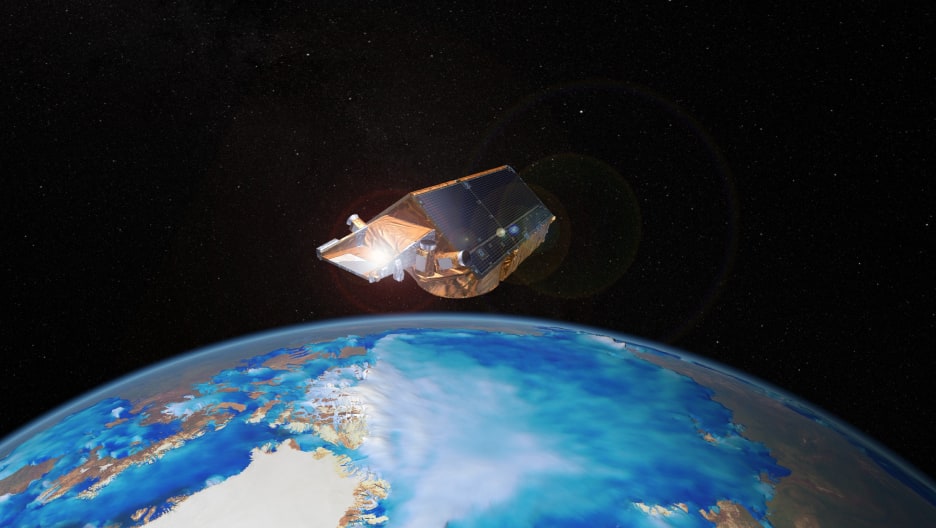
Copernicus Sentinel-6 Michael Freilich satellite
providing measurements of changes in sea-surface
topography, key for monitoring global seal level, the
speed and direction of ocean currents and ocean heat
storage.
The Digital Twin of the Ocean will build on existing
European satellite, in situ and model data provided by
Copernicus, EMODnet, and pan-European and national
research infrastructures, and at the same time allow for
integration of alternative data flows from Internet of
Things (IoT), citizens and industry.

07.
A reliable and effective 3-block architecture
Block 1 will provide the access to data, integrating
existing data and new data flows, combined in a DataLake.
Based on High Performance Computing (HPC) infrastructure,
Block 2 will provide the operational live model and
additional capabilities, enabling the on-demand modelling
powering Block 3, which consists of the front-end
interactive simulation layer for user applications.
08.
Fully compatible with Europe's Destination Earth initiative
(DestinE)
The Digital Twin Ocean will be fully compatible with the
DestinE architecture, led by ESA, EUMETSAT and ECMWF. From
data integration to using EuroHPC to data exploitation, the
Digital Twin Ocean will be fully aligned with the DestinE
Digital Twins and strongly support the European Union’s
Digital Strategy and Green Deal objectives.
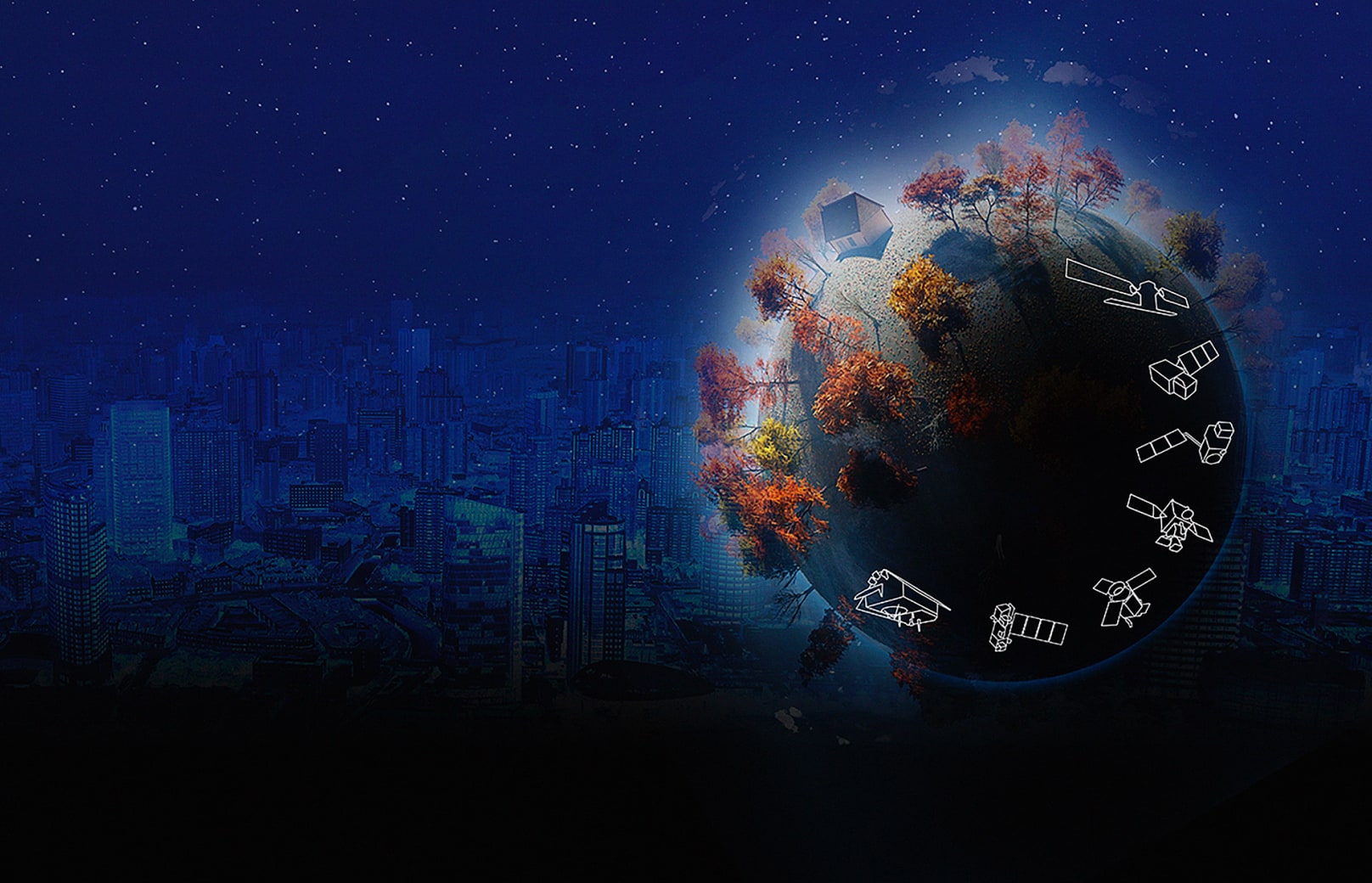
09.
Harnessing Europe’s High Performance Computing capacity
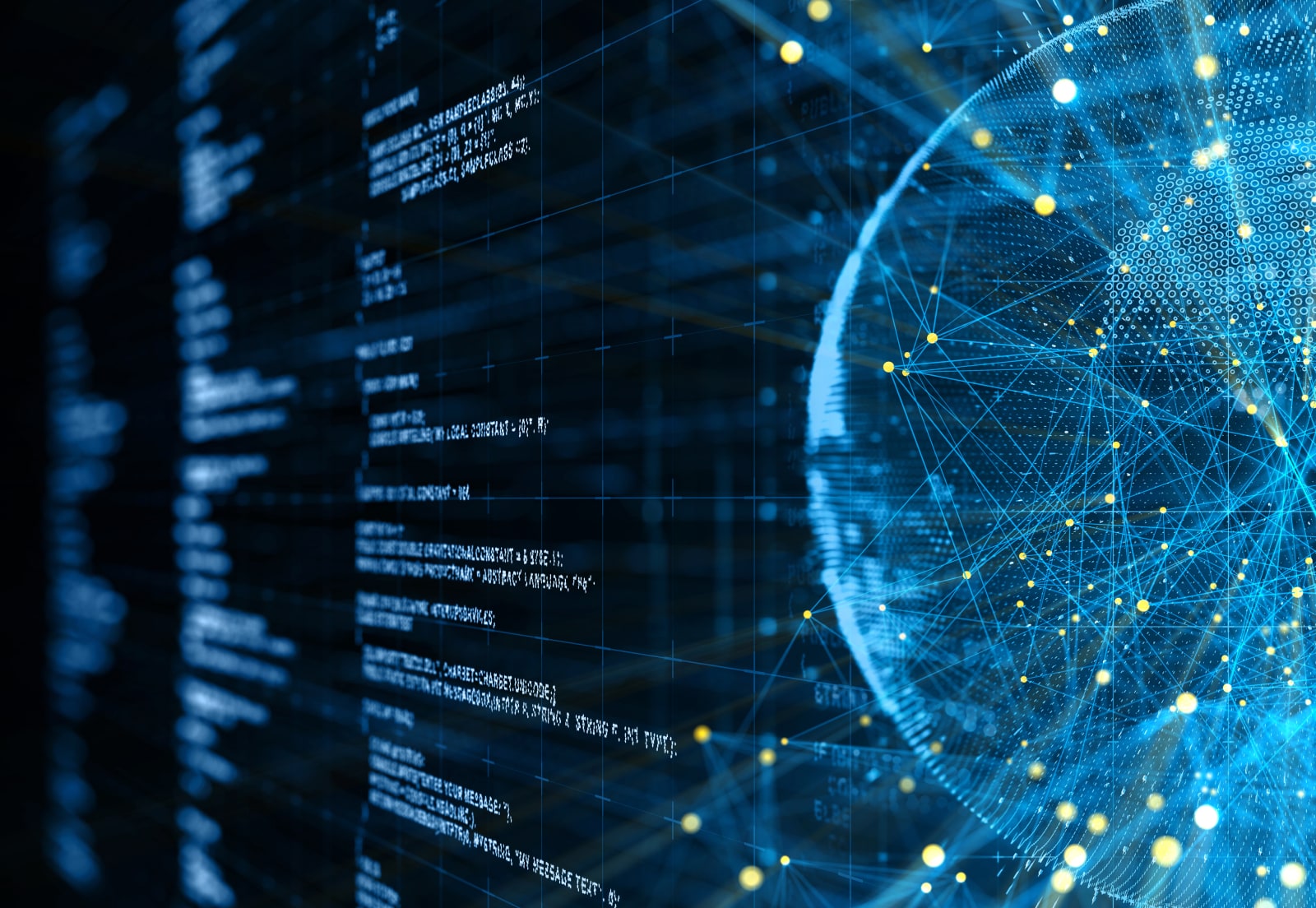
The Digital Twin engine will run on existing infrastructure
relying on world-class European supercomputing pre-exascale
resources. This infrastructure not only provides High
Performance Computing (HPC) for simulation and modelling and
cloud resources for data storage but also High Performance
Data Access and Graphical Processing Unit technologies,
striving for the extensive application of data-driven
computing and is compatible with major components of the
European e-Infrastructure such as EOSC and GEANT.
10.
Instrumental to the UN Ocean Decade

Credit: Martin Colognoli/ Ocean Image Bank
A powerful asset to support the UN Decade of Ocean Science
for Sustainable Development and 2030 Agenda, the Digital
Twin of the Ocean will provide the ability to explore the
impacts that management decisions such as reducing CO₂
emissions or establishing marine protected areas would have
on marine ecosystems, climate, and ocean economy sectors.









